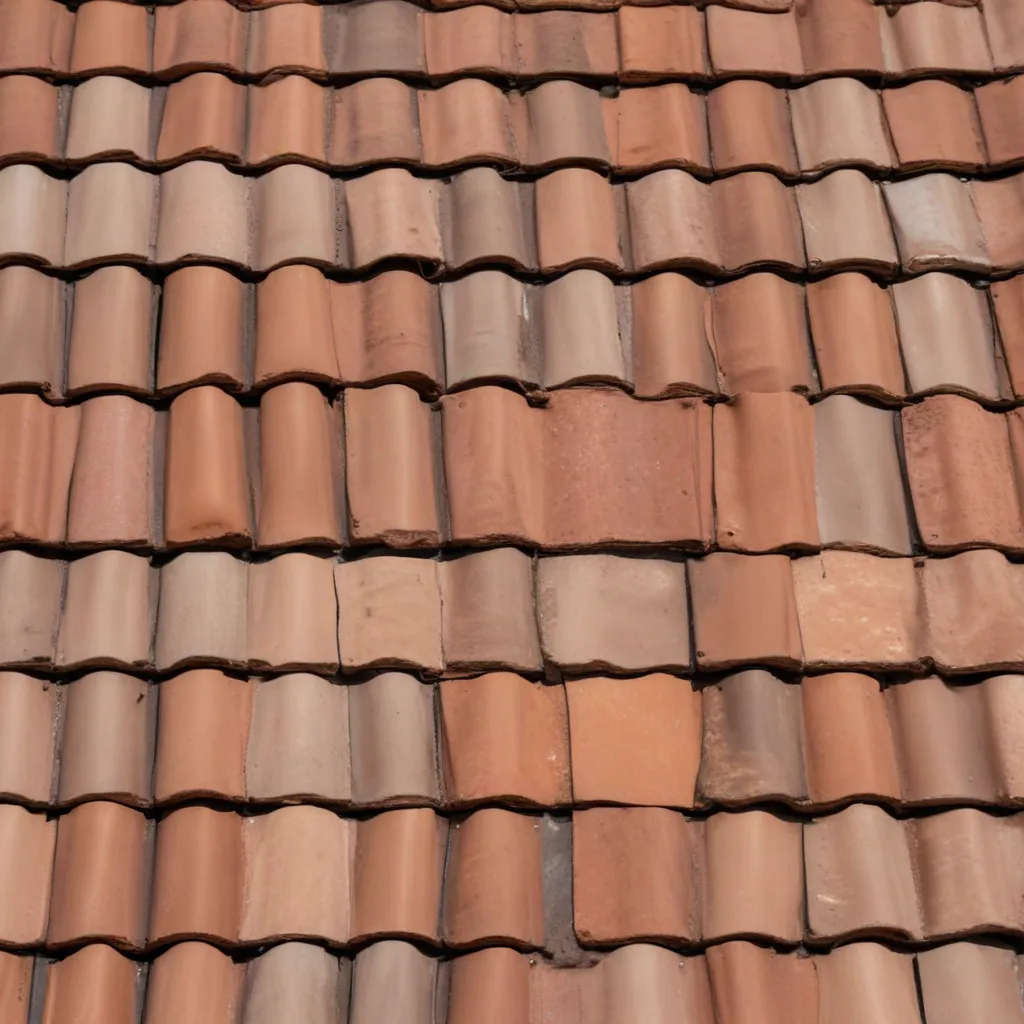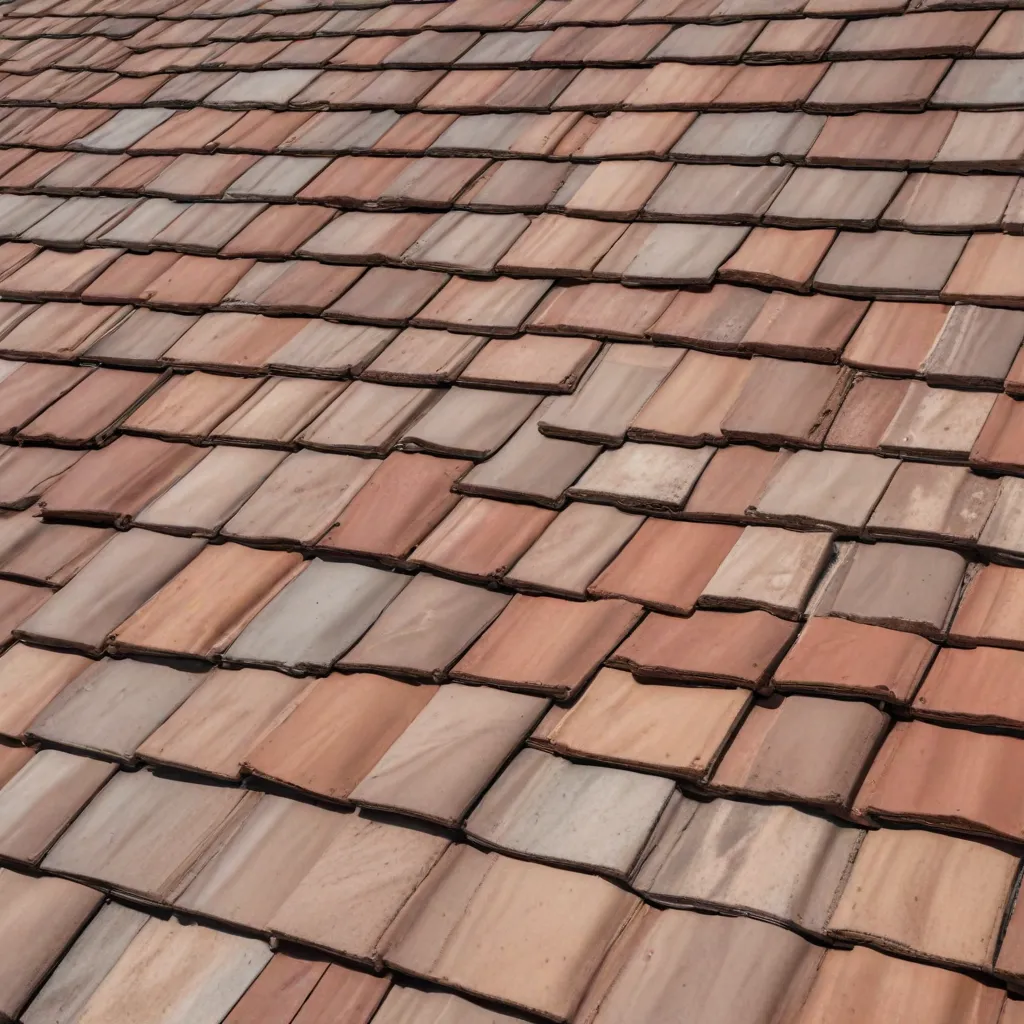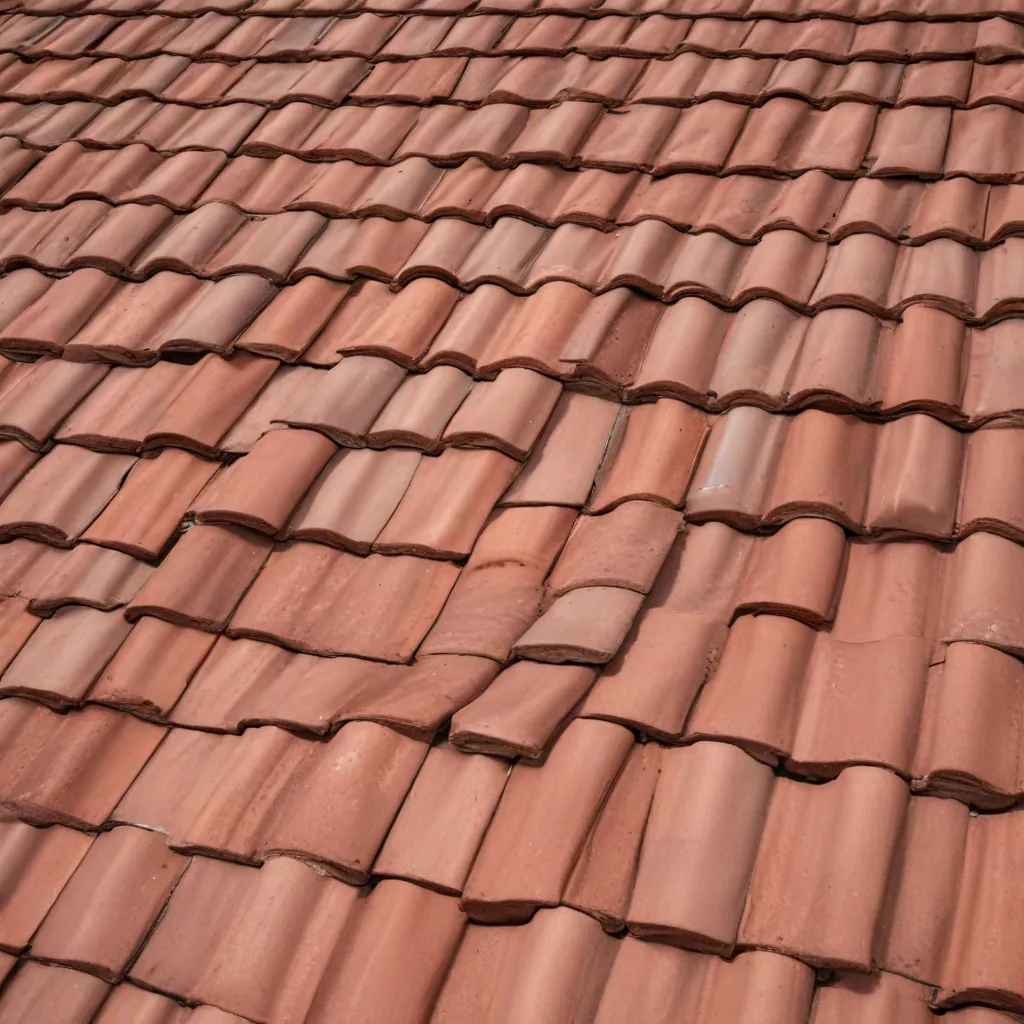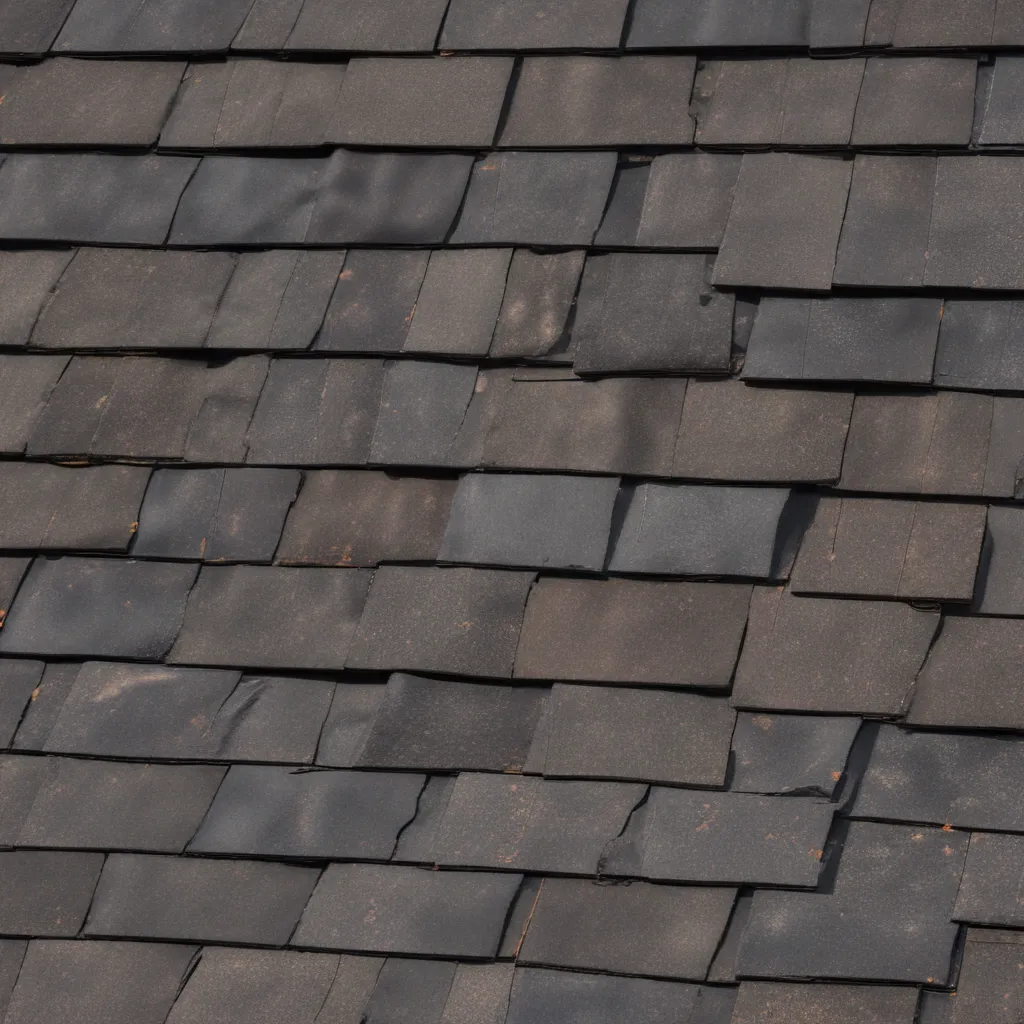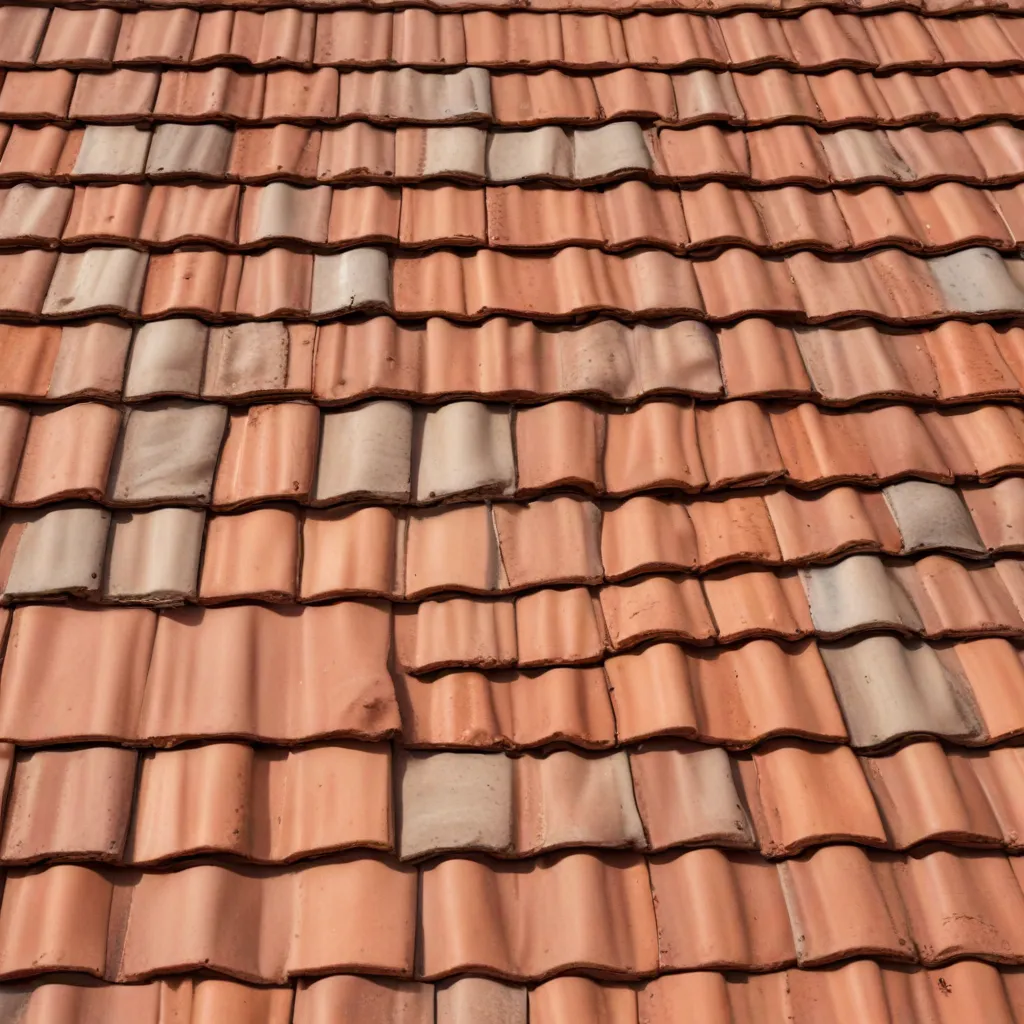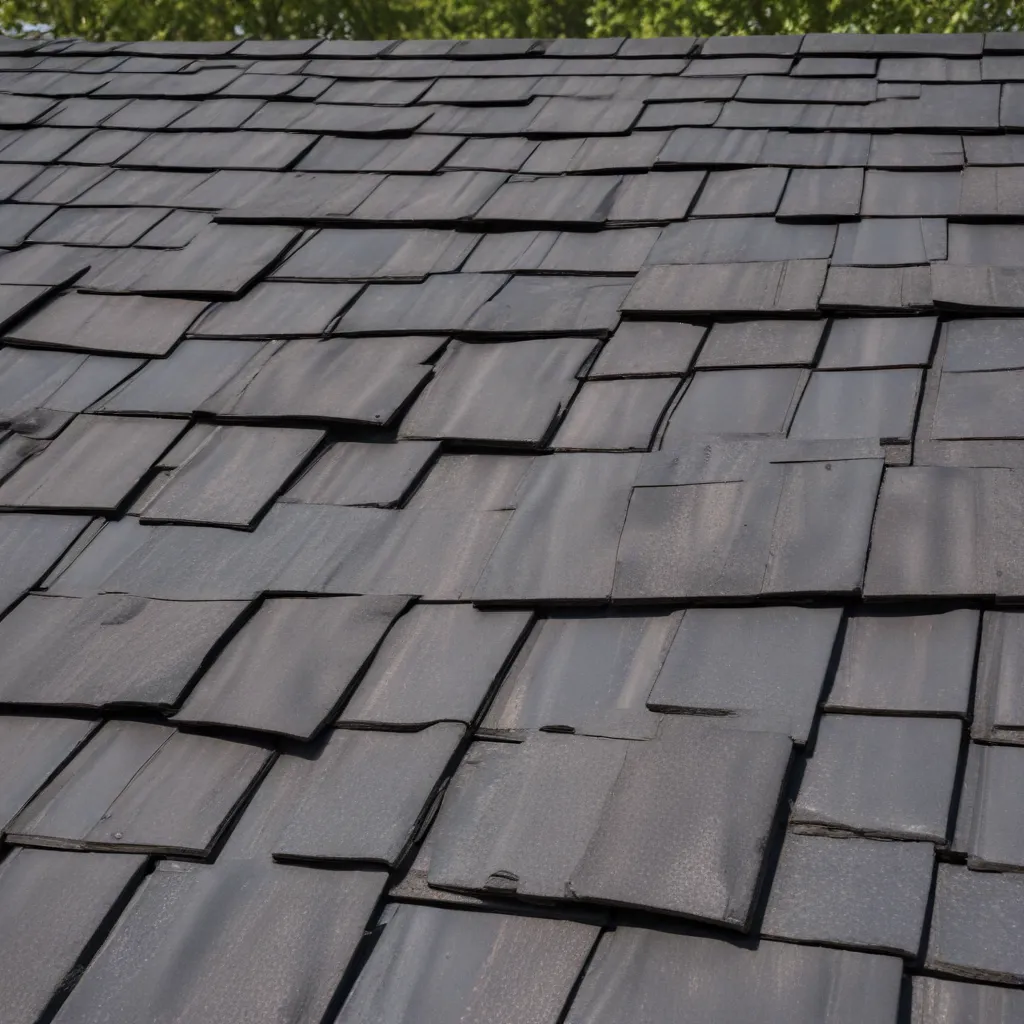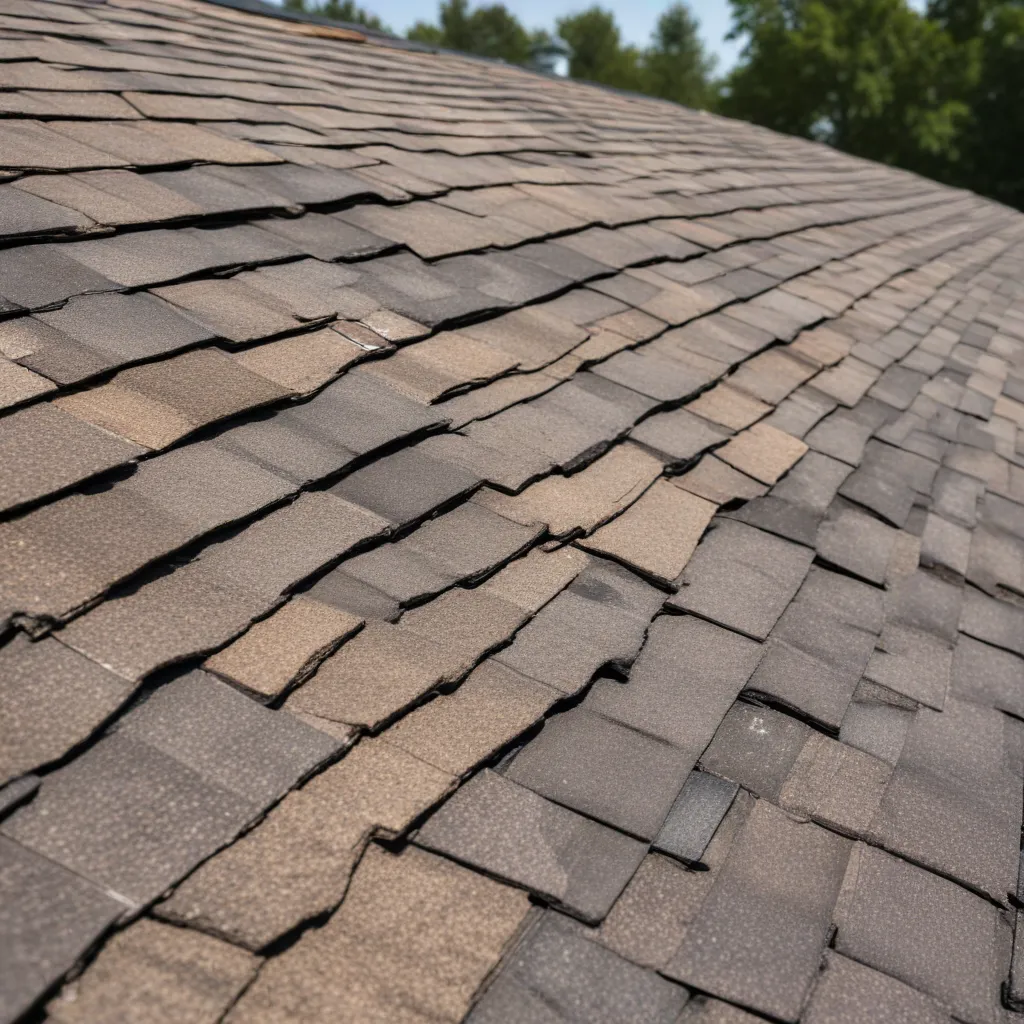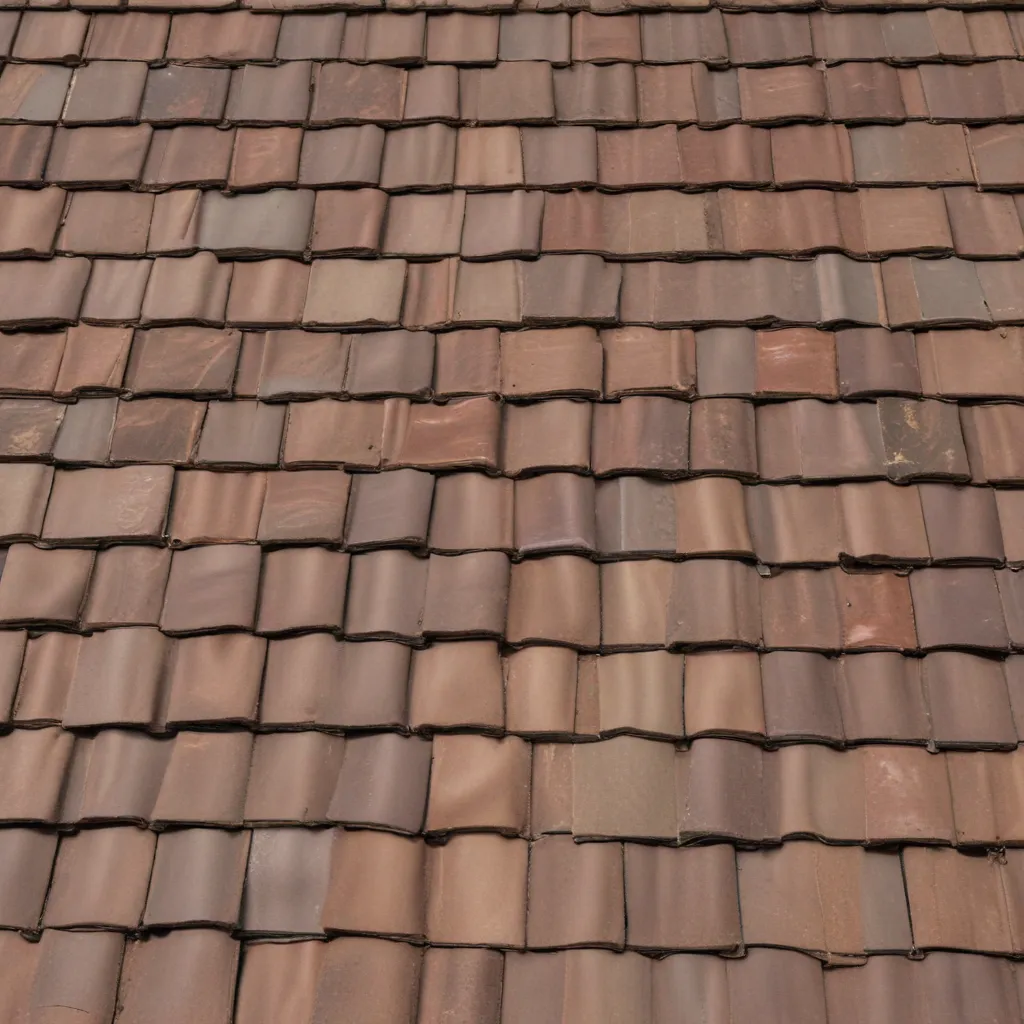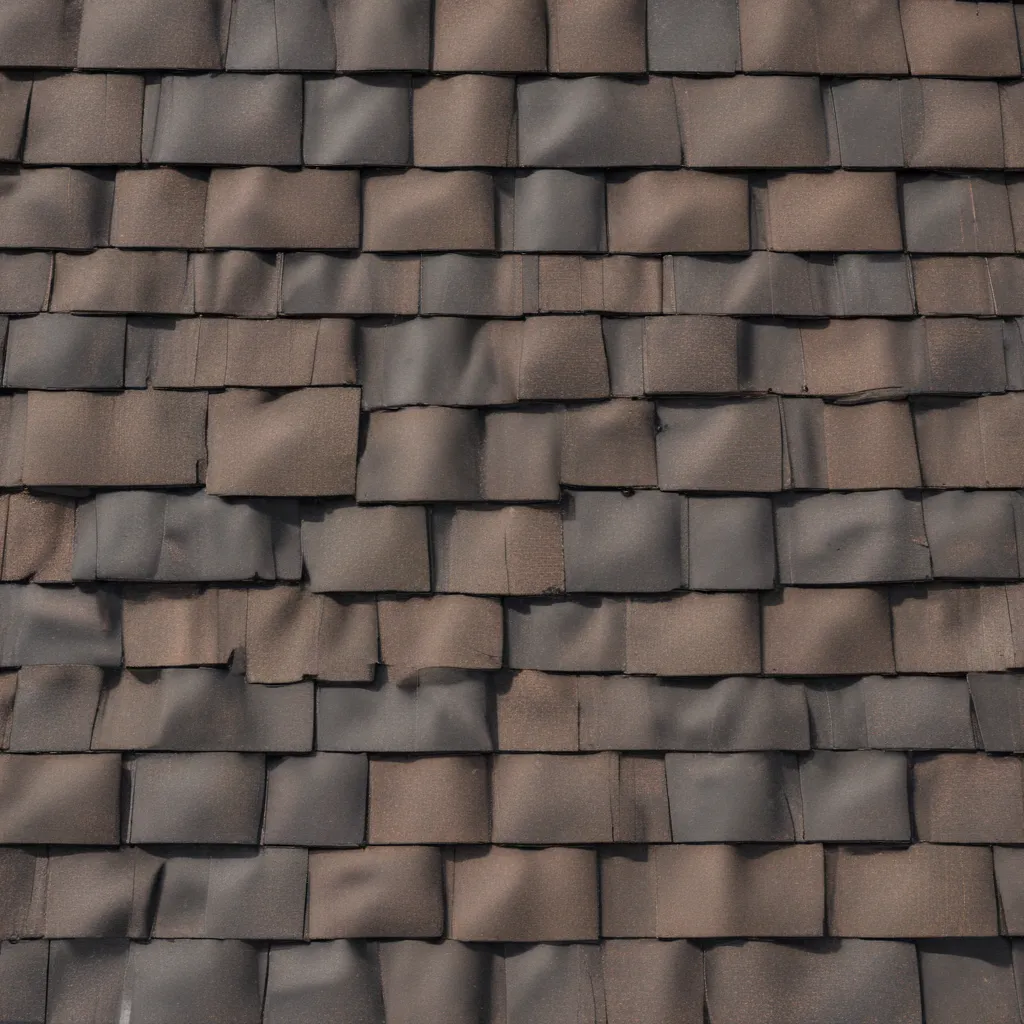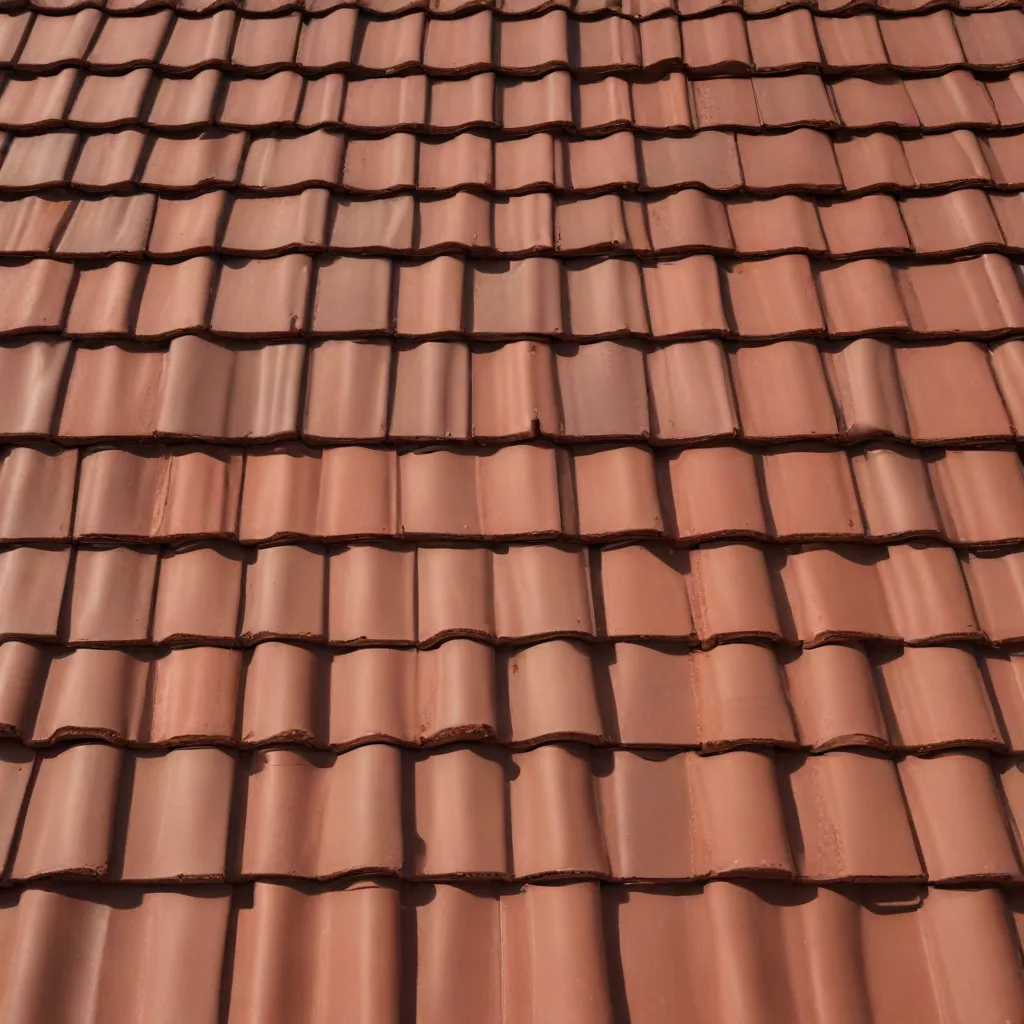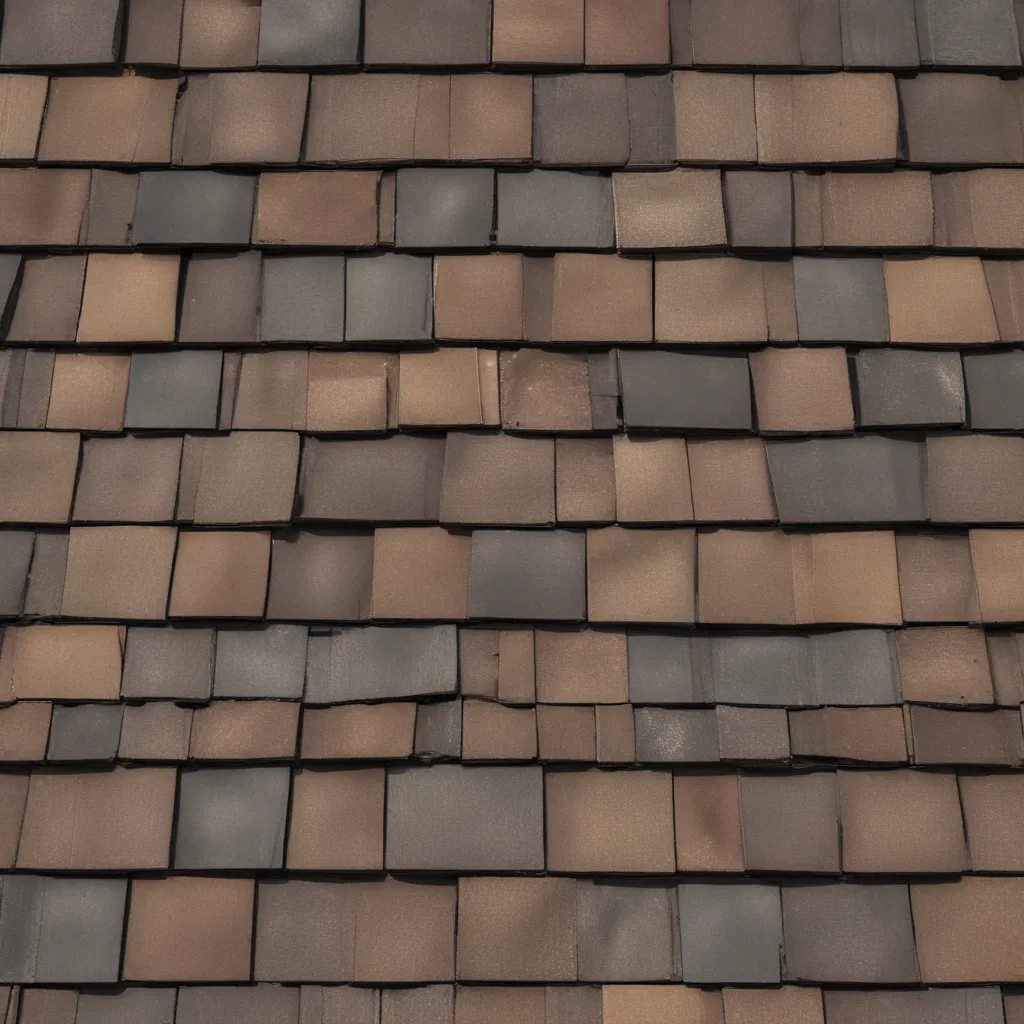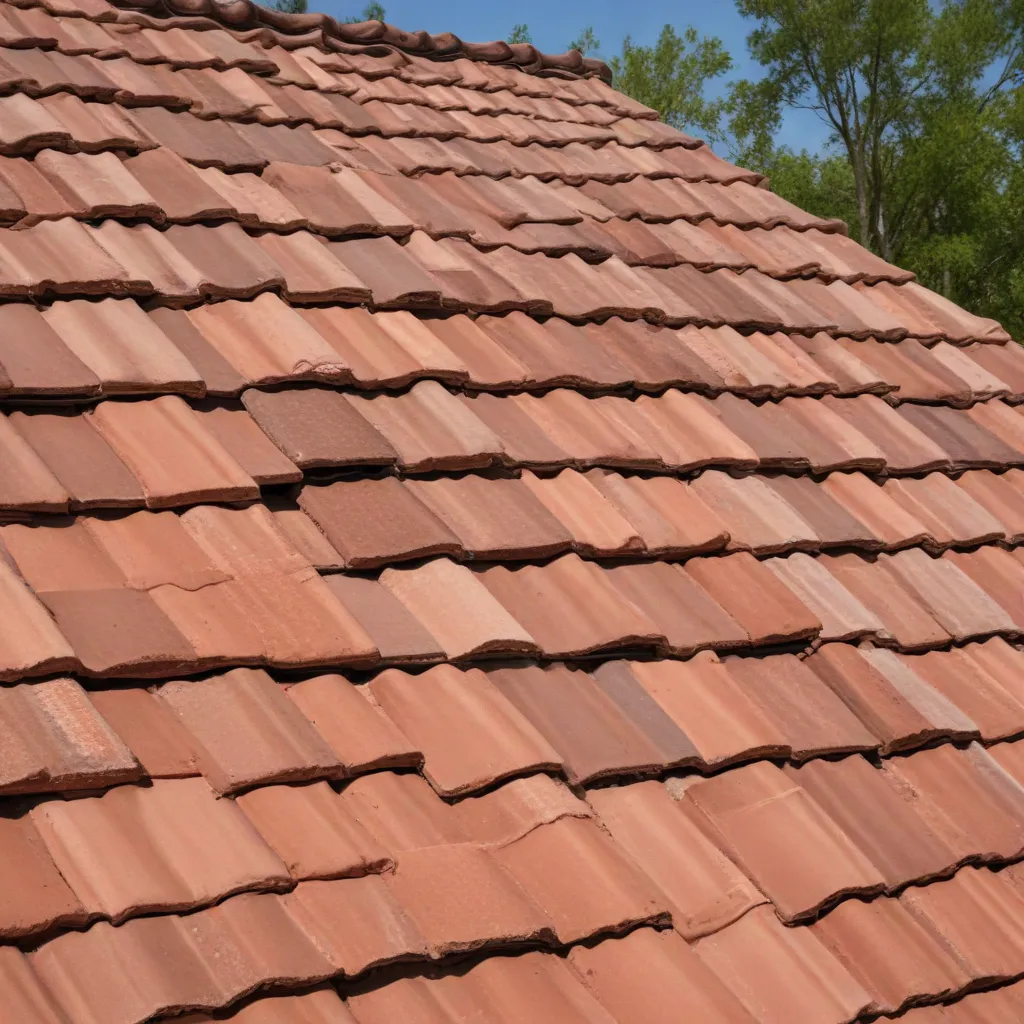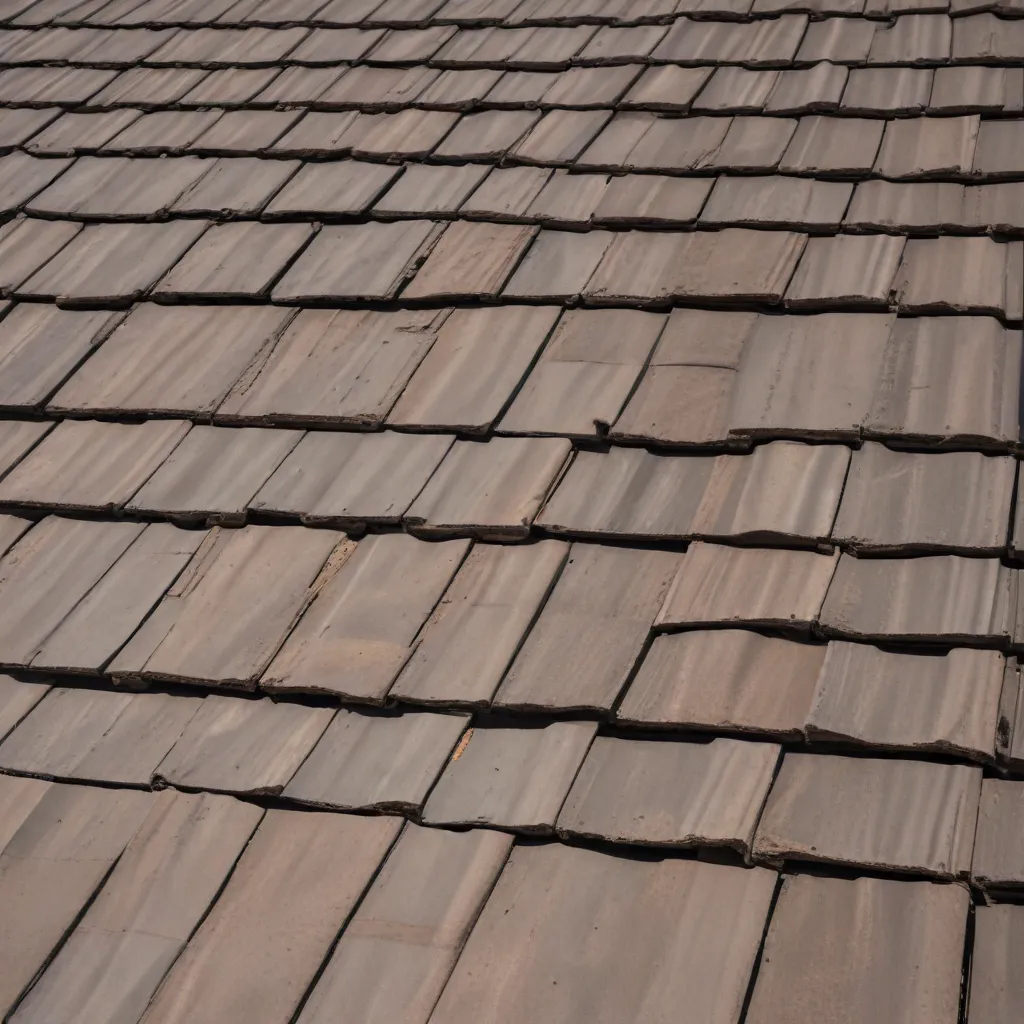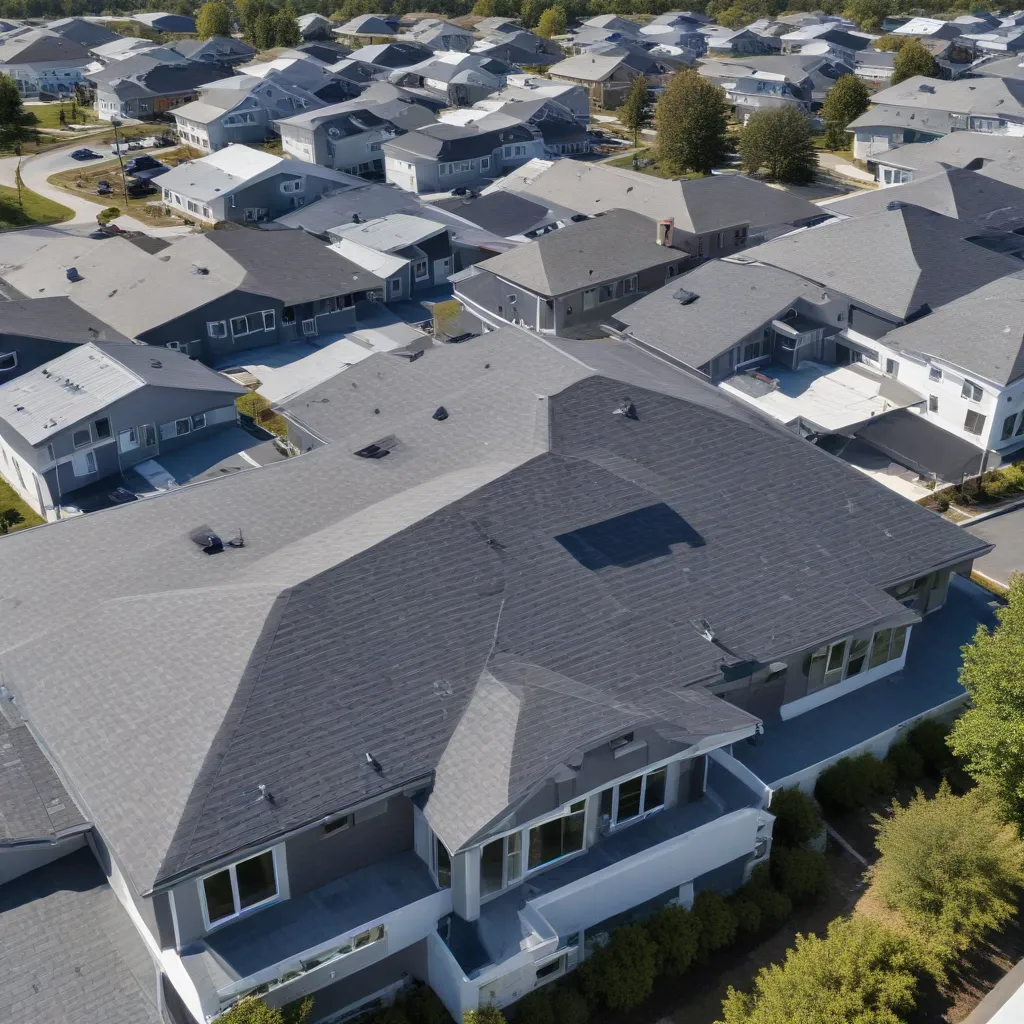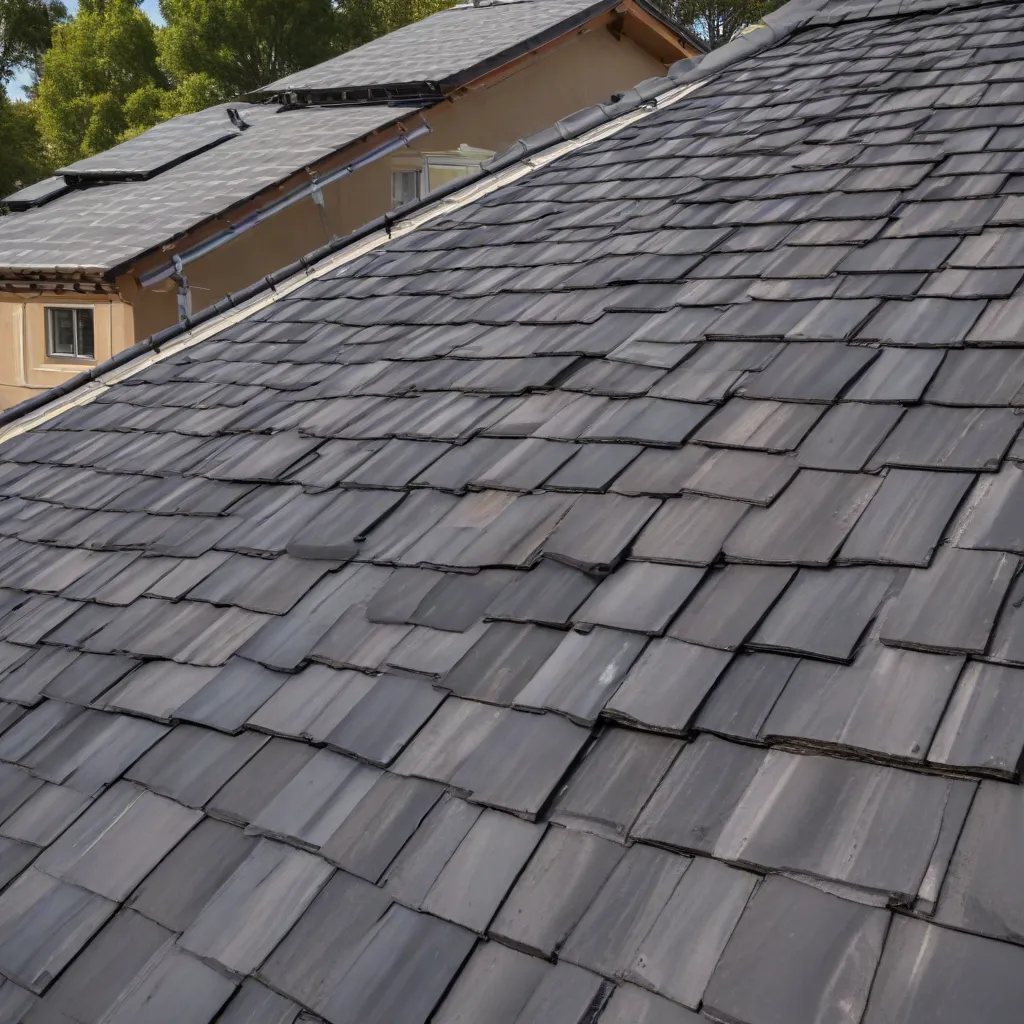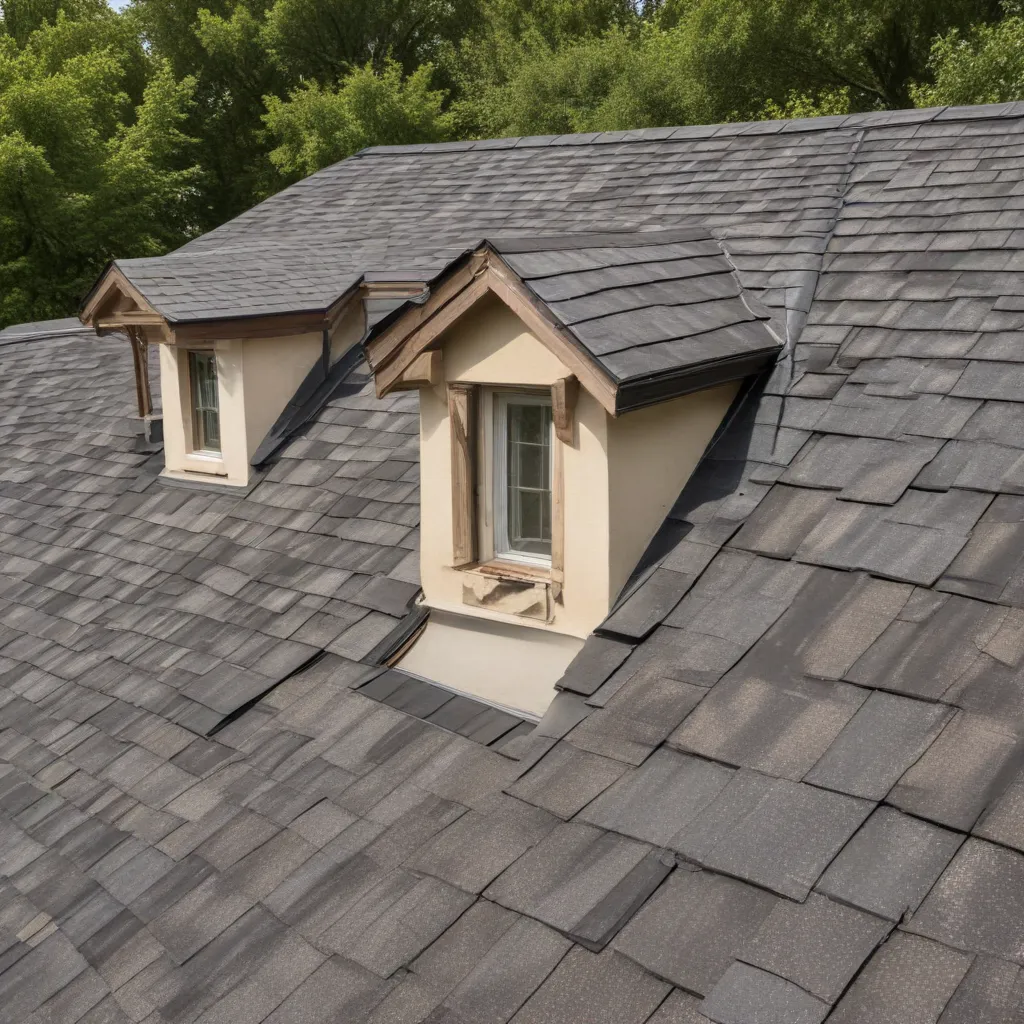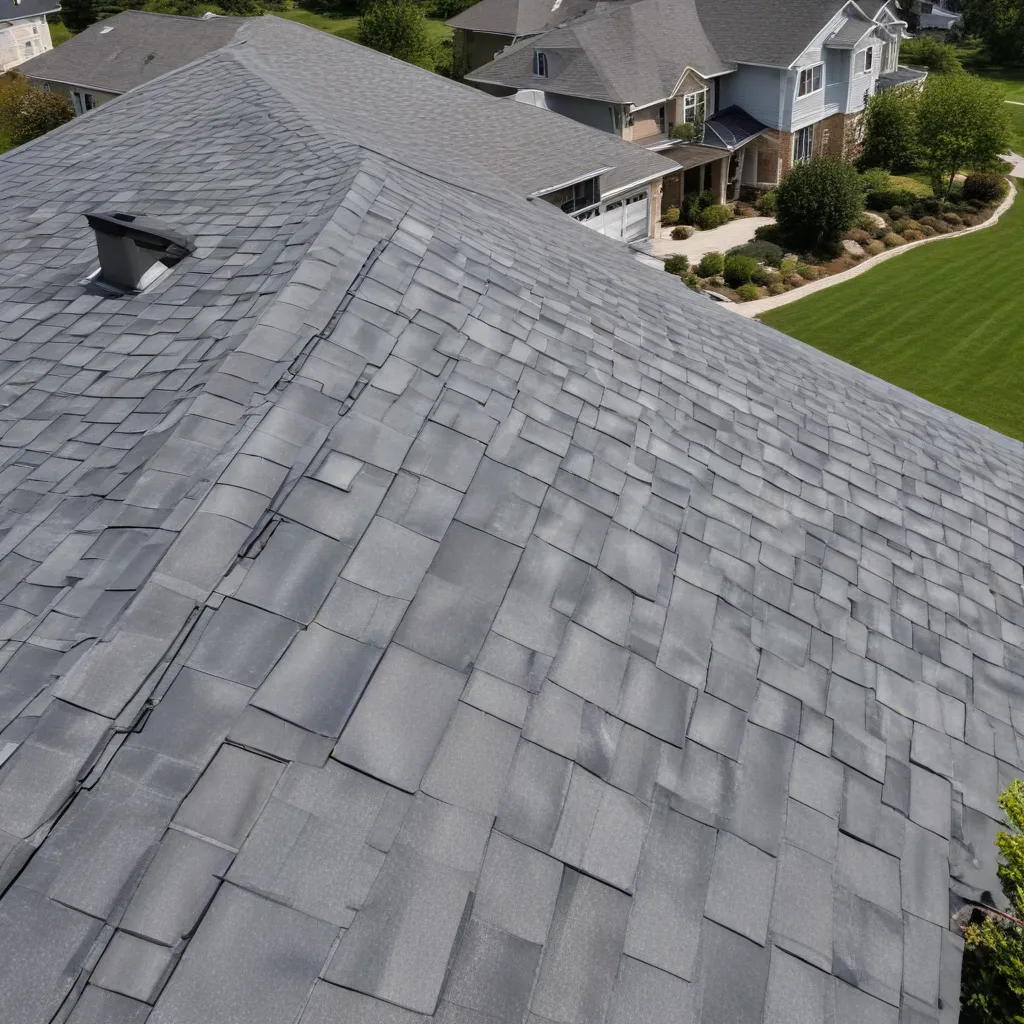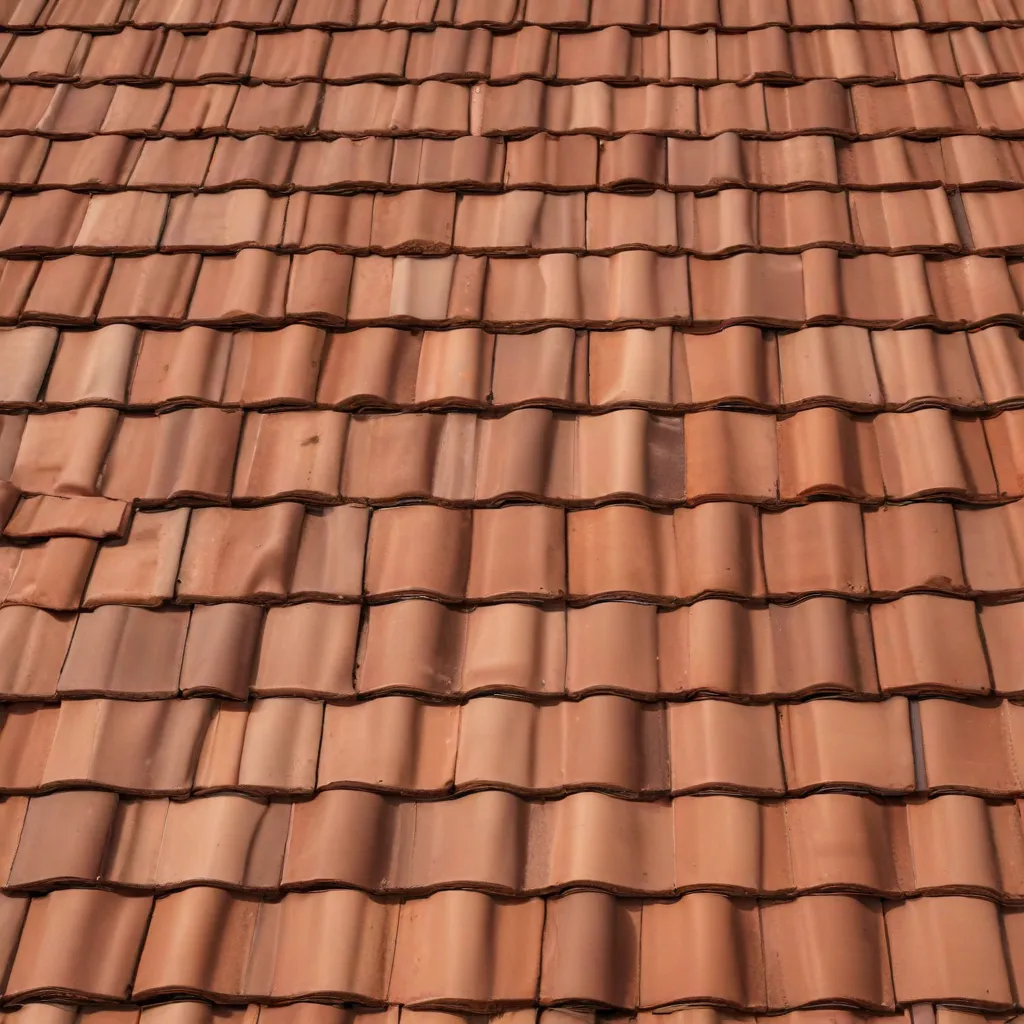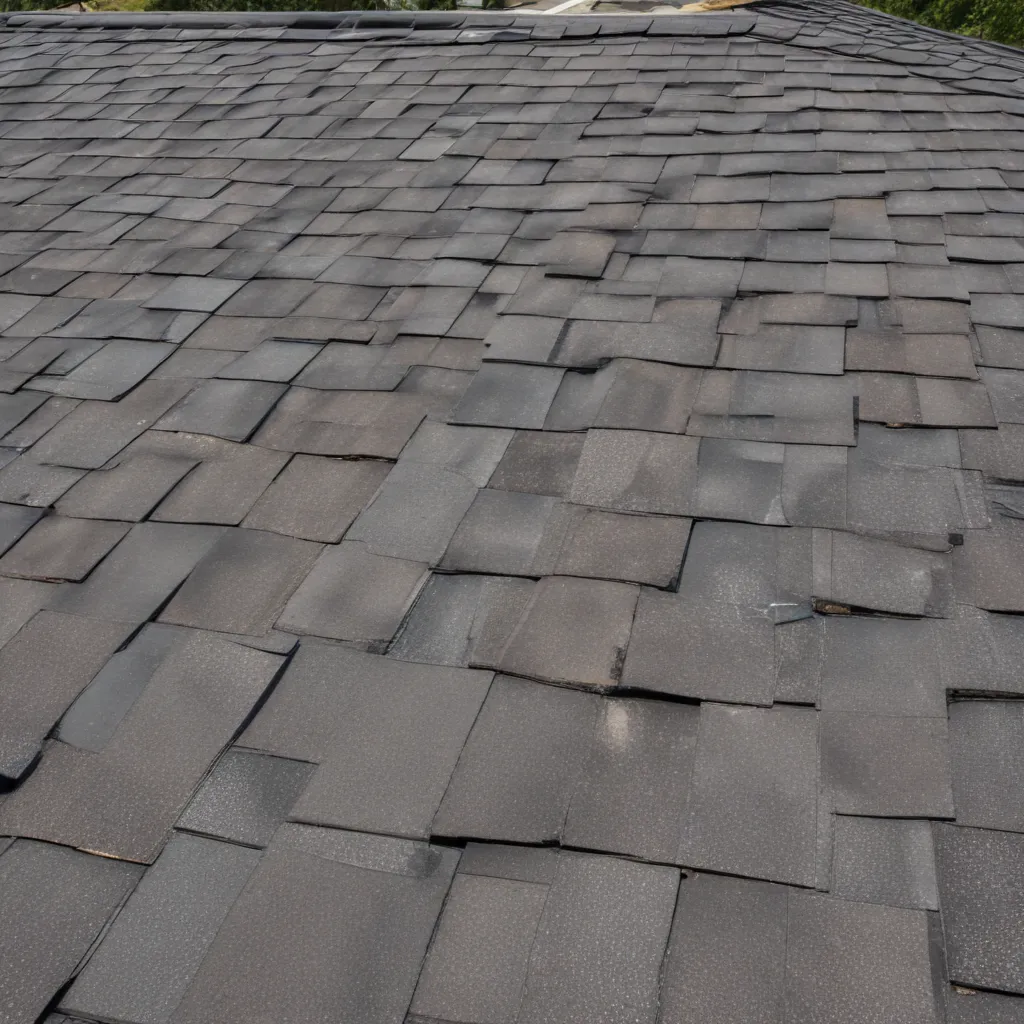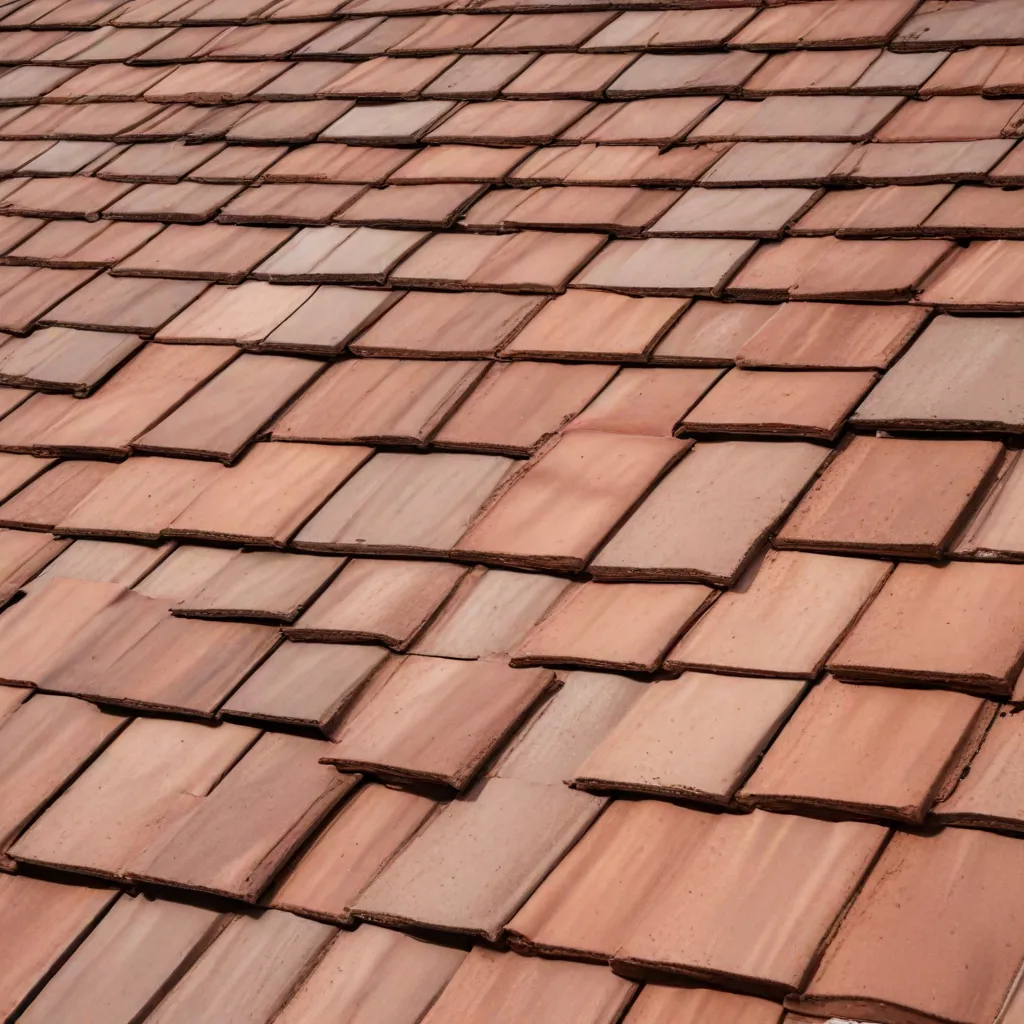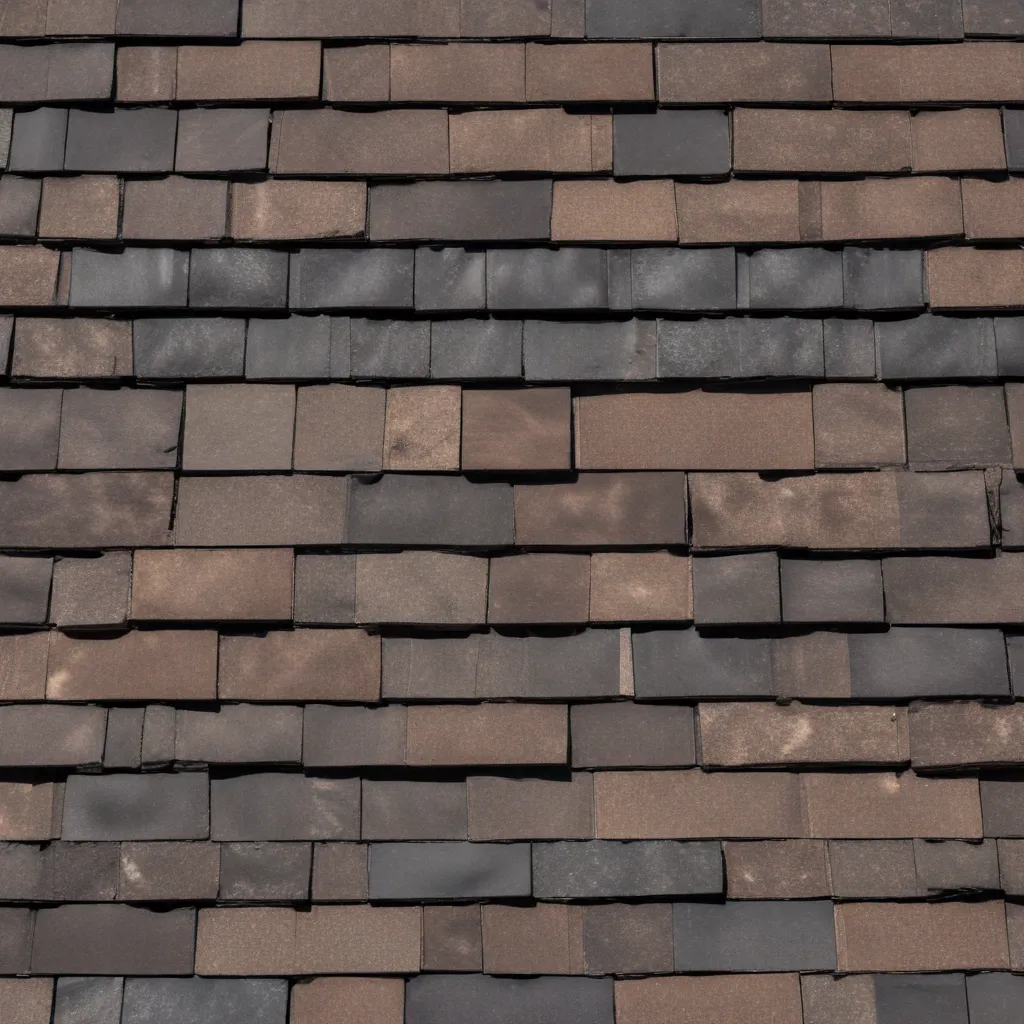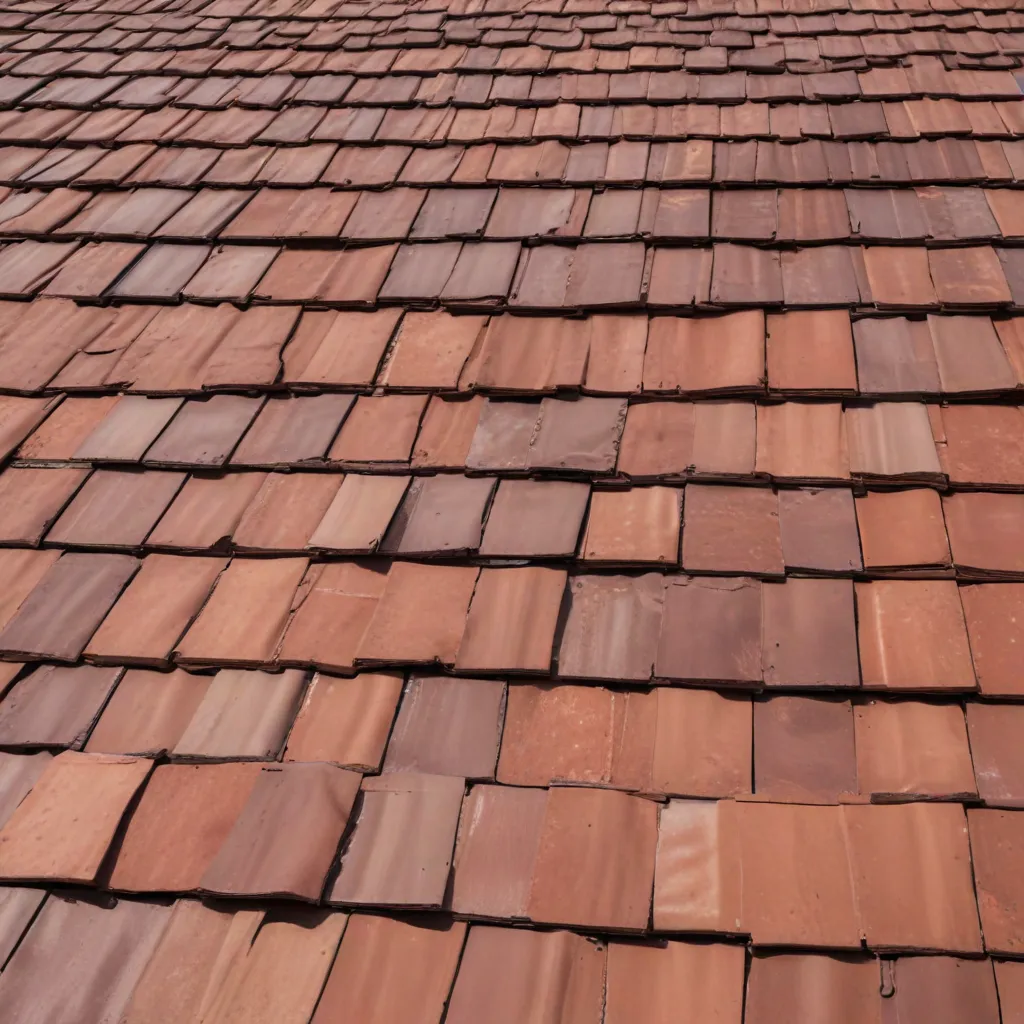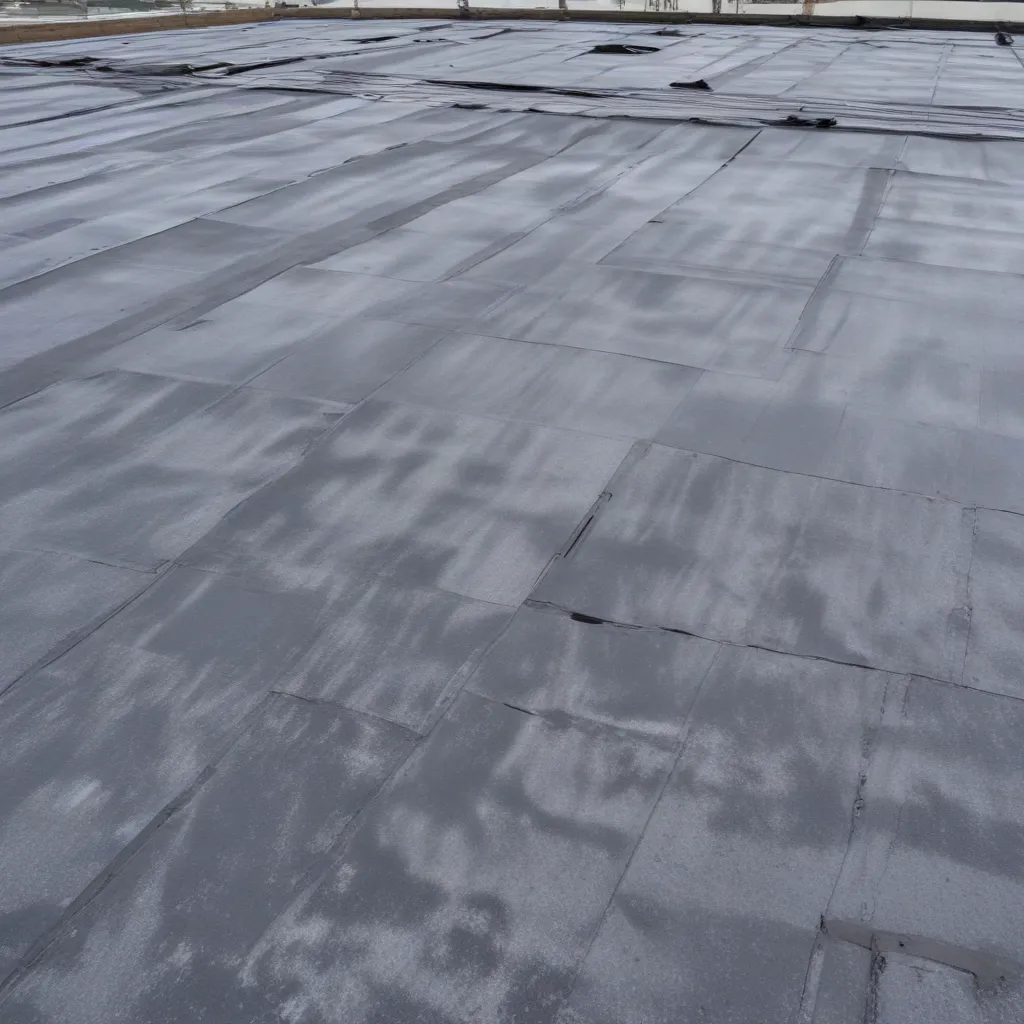
As our climate continues to evolve, extreme weather events have become increasingly common and severe, posing significant threats to commercial buildings and their roofing systems. From bone-chilling winters to scorching summers, each region faces unique challenges that can compromise the integrity of roofing structures if not addressed proactively. As an experienced roofing specialist at Genuine Roof Systems, I’m here to share essential strategies for safeguarding commercial roofs against a wide array of weather conditions.
Roofing Materials for Extreme Weather Resilience
The foundation of any weatherproof commercial roof lies in the selection of durable, high-performance materials. Tiles, composite shingles, and metal roofing have emerged as particularly resilient options, offering enhanced protection against the elements.
Tile roofing, known for its exceptional longevity, can withstand high winds, hail, and even fire. These interlocking clay or concrete tiles are designed to resist cracking and maintain their structural integrity, even in the face of severe storms. Coupled with specialized underlayment and advanced sealants, tile roofs provide an exceptional barrier against water intrusion and thermal stress.
Composite shingles, made from a blend of asphalt, fiberglass, and other synthetic materials, have become a popular choice for their weather resistance and aesthetic versatility. These shingles can be engineered to withstand impact from hail, resist curling and cracking, and maintain their color and appearance over time.
For the ultimate in weather-resilient performance, metal roofing systems are a standout option. Galvanized or Galvalume-coated steel panels offer exceptional durability, reflecting solar heat to improve energy efficiency and providing superior protection against wind, fire, and even corrosion. When properly installed with reinforced fasteners and weatherproof sealants, metal roofs can withstand the harshest environmental conditions.
Regardless of the roofing material, the use of high-quality sealants and weatherproof coatings is crucial for enhancing the overall weatherproofing capabilities of a commercial roof. These specialized products create a seamless barrier against water intrusion, UV radiation, and thermal expansion, ensuring the longevity of the roofing system.
Insulation also plays a vital role in weatherproofing, moderating temperature fluctuations and enhancing energy efficiency. Proper insulation, combined with effective ventilation strategies, can help prevent issues like ice dams and reduce the impact of extreme heat or cold on the building’s interior.
Roof Design Considerations for Extreme Weather
The design and configuration of a commercial roof can significantly impact its ability to withstand severe weather events. Proper drainage system design, with strategically placed drains and gutters, is crucial for effectively managing heavy rainfall and preventing water damage.
Incorporating features like overflow scuppers and redundant drainage paths can provide a safeguard against the overwhelming effects of extreme precipitation. Additionally, ensuring adequate roof slope and the use of water-resistant materials, such as torch-down membranes or fluid-applied coatings, can enhance the roof’s ability to shed water and maintain structural integrity.
Ventilation is another critical element in weatherproofing commercial roofs. Proper airflow not only helps regulate temperature fluctuations but also mitigates the formation of ice dams, which can lead to water infiltration and subsequent damage. Strategically placed vents, ridge vents, and soffit vents work in tandem to maintain a consistent temperature across the roofing system.
In regions prone to high winds and severe storms, structural reinforcement becomes paramount. Securing the roof’s edge details, such as flashings and parapet walls, can help prevent wind uplift and the potential for catastrophic failure. Additionally, incorporating impact-resistant materials and strengthening the connection between the roof and the building’s frame can fortify the entire structure against the ravages of extreme weather.
Addressing Extreme Weather Threats
Each region faces unique weather-related challenges that demand tailored solutions. Understanding and addressing these threats is essential for safeguarding your commercial roof investment.
High Winds and Storm Damage: Strong winds can dislodge roofing materials, tear apart flashing, and compromise the structural integrity of the entire system. Implementing wind-resistant design measures, such as reinforced fasteners and roof-to-wall connections, can help mitigate the risk of catastrophic failure.
Heavy Precipitation and Leaks: Intense rainfall, coupled with poor drainage, can lead to water accumulation and subsequent leaks, compromising the building’s interior and potentially causing mold growth. Ensuring proper roof slope, maintaining gutters and downspouts, and using water-resistant materials are crucial preventive measures.
Temperature Extremes and Thermal Expansion: Significant temperature fluctuations can cause roofing materials to expand and contract, leading to cracks, warping, and other forms of structural damage. Selecting roofing components with similar coefficients of thermal expansion, incorporating flexibility through expansion joints, and providing adequate insulation can help the roof adapt to these dramatic changes.
Snow and Ice Accumulation: In colder regions, heavy snowfall and ice dams can impose significant stress on the roofing system, potentially causing collapse or water intrusion. Proactive snow removal, proper insulation, and ventilation strategies can help prevent these issues and protect the building’s occupants and infrastructure.
Maintenance and Inspection: The Key to Weatherproofing Success
Consistent maintenance and regular inspections are the cornerstones of a weatherproof commercial roof. Implementing a comprehensive preventive maintenance program can help identify and address potential vulnerabilities before they escalate into costly problems.
Routine inspections by qualified roofing professionals can reveal early signs of wear and tear, such as loose fasteners, damaged sealants, or compromised flashing. These assessments not only uncover hidden issues but also provide the opportunity to remedy them before they lead to more significant damage.
Additionally, maintaining a strong emergency response plan can help mitigate the impact of severe weather events. This might include pre-positioning emergency supplies, training staff on incident response protocols, and establishing backup power and water sources to ensure business continuity.
Staying Ahead of the Curve: Weatherproofing in a Changing Climate
As global climate patterns continue to shift, the roofing industry is rapidly evolving to meet the demands of increasingly extreme weather. Manufacturers are developing more durable, weather-resistant materials, and advanced coatings are enhancing the protective capabilities of roofing systems.
Emerging technologies, such as smart roofing systems with integrated sensors, are enabling building owners and facility managers to monitor their roofs’ performance in real-time, detecting issues early and optimizing maintenance strategies.
By staying informed about these industry advancements and working closely with experienced roofing specialists, commercial property owners and managers can ensure their buildings remain resilient, efficient, and secure in the face of whatever weather challenges the future may bring.
At Genuine Roof Systems, we’re dedicated to providing our clients with the most comprehensive weatherproofing solutions, tailored to their specific regional needs and environmental challenges. Contact us today to learn how we can help you safeguard your commercial property and ensure its longevity in the face of extreme weather.

